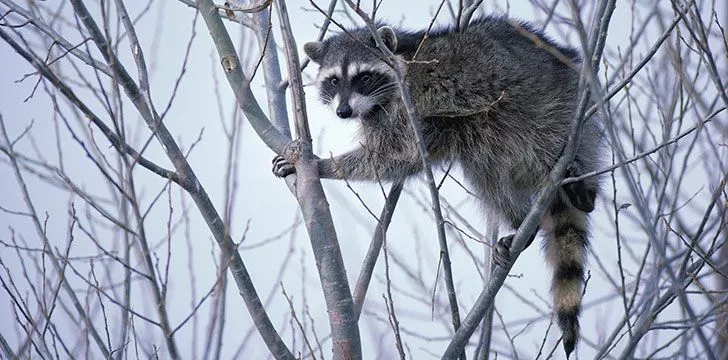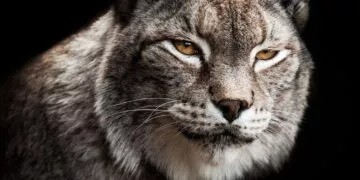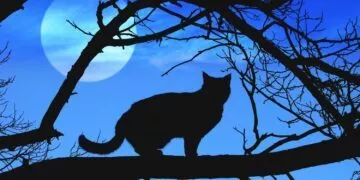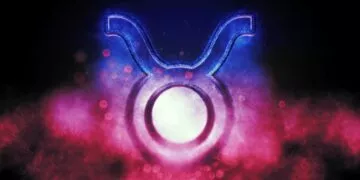Raccoons are nature’s bandits! These cute yet dangerously smart creatures are bound to make you “aww” while stealing your food.
There’s more to these devious animals than you might think, from their surprising life span to their impressive IQ.
Here are 20 interesting facts about these not-so-cuddly animals!
In the wild, raccoons live for two to three years, while raccoons can live up to twenty years in captivity.
Raccoons can make over fifty different sounds to communicate! Raccoons can hiss, purr, and growl, often heard when competing for food.
Raccoons are generally nocturnal, meaning they are awake during nighttime hours. However, due to the availability of food in certain regions, a raccoon may be seen awake during the day, scavenging for food.
Raccoons live in a variety of places – from tropical areas to busy cities. Raccoons are native to North America. Toronto, Canada, has one of the biggest city raccoon populations. Raccoons often live in busy cities as it provides a good, substantial food source for them.
A raccoon has extremely sensitive front paws, which only get more sensitive if they put them in water. They have five fingers on each front paw. They can climb down trees head first by rotating their hind feet one hundred and eighty degrees.
A raccoon eats whatever it can find in its environment – from bugs to plants. They catch a lot of their food by snaring it out of the water, such as crayfish and frogs – although they also don’t mind eating fruit.
Car accidents are a big killer of raccoons. The raccoon does not have many natural predators, although cougars, bobcats, and coyotes have been known to attack them. Disease in cities is often another major killer of raccoons.
The scientific name for raccoons is “Procyon lotor,” which translates to “before-dog washer.” The English name for “raccoon” is derived from the Proto-Algonquian language, and it translates as “one who rubs, scrubs and scratches with his hands.” There is no relation between dogs and raccoons, so the English terminology seems to be more accurate.
There are seven different species of raccoon, but there is currently only one species of raccoon that is endangered – the pygmy raccoon.
A group of raccoons is called a nursery or a gaze. Some dens contain up to thirty raccoons, although it is more common for them to contain around four.
The average raccoon is 16-38 inches (40-70 cm). Their average weight is 8-20 pounds (3-9 kg).
Female raccoons are pregnant for about 63 days. They then give birth once a year to up to seven kits in early summer. They will probably be born in a hole in a tree or in someone’s loft. They will then stay here for the first couple of months and then venture outside when they are big enough. The female raccoon raises the future offspring alone.
Raccoons score a very high mammal IQ – above cats and just below monkeys. They can open bins by using their paws to lift the lids. One study showed that raccoons can remember solutions to tasks for up to three years.
They have bushy ringed tails and a black mask across their eyes. It is not known why they have the black mask across their faces, but one thesis is that it enhances their ability to see at night. They have very thick grayish-brown fur, of which 90% is underfur to keep them warm.
In winter, they stay inside their dens, but they do not hibernate. Raccoons enter a state known as torpor – this allows them to stay asleep and wrapped up in their dens for the winter period.
Males mate with many partners for one year, while females only have one. The female then raises the offspring alone, and the male will continue to do the same every year.
Raccoons can run up to 15 miles per hour, even while climbing up trees! They can fall from a height of 131 feet (40 meters) and be unharmed. Raccoons are also able to swim very quickly; these are all great abilities that help them to escape after stealing food!
Raccoon poo is tube-shaped and generally two to three inches in length. People have compared it to looking like dog feces. It will often contain bits of undigested food. They often defecate in the same spot, and then it builds up – this is called a raccoon latrine.
Raccoon’s behavior can be unpredictable, and therefore they can be dangerous. Often though, the biggest danger from a raccoon is that they can carry rabies, as well as many other horrible diseases.
Raccoons are trapped and killed by humans for their fur. Their fur is made into clothing such as coats. During the 19th & 20th Centuries, it was a symbol of status, and coonskins hats were a method of payment.

















